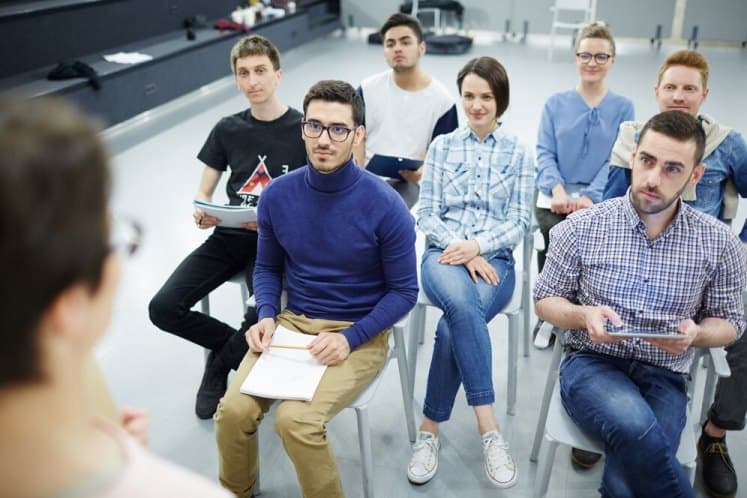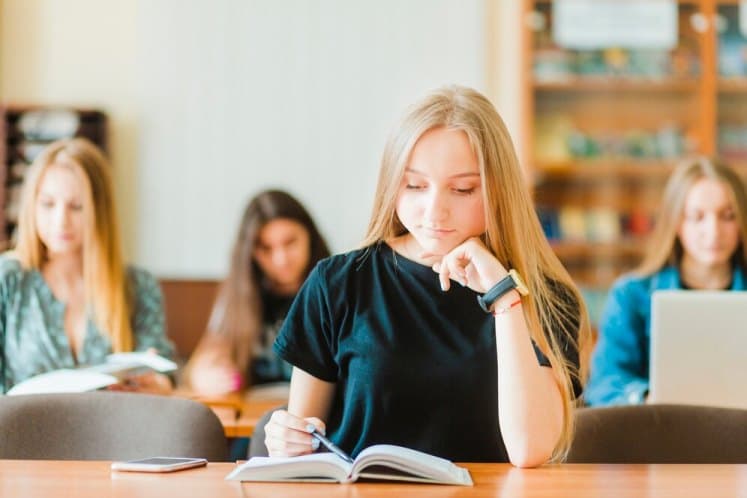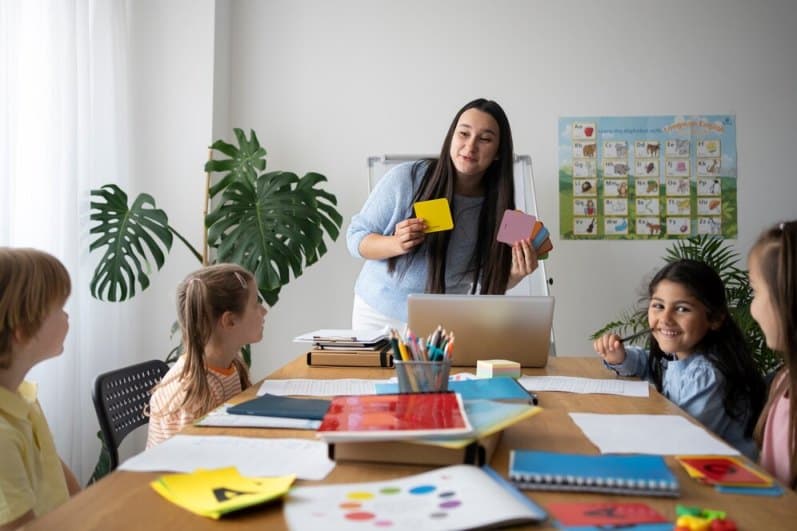Lectures are an integral part of the educational journey, providing students with valuable insights and knowledge from experienced educators. However, to maximize the benefits of attending a lecture, students need to engage in proper preparation and follow-up activities.
This article will explore essential steps that students should take before and after a lecture to enhance their learning experience. By adopting these strategies, students can improve their understanding, retention, and application of the material presented.
Before the Lecture
To prepare effectively for a lecture, a student should consider taking the following steps:
Create a Study Environment
Before the lecture, find a quiet and comfortable space where you can concentrate without interruption. Eliminate distractions such as phones, social media, and other electronic devices. Creating a conducive study environment will optimize your focus and enable you to absorb information more effectively during the lecture.
Review Previous Material
Understanding new concepts often relies on a strong grasp of prior knowledge. Reviewing previous lectures or readings ensures that students are not starting from scratch but building on a solid foundation. This helps in making connections between new and old information, facilitating better comprehension.
Pre-Read the Assigned Material
Many courses provide reading assignments or materials related to the upcoming lecture. Pre-reading these materials gives students a preview of the topics that will be covered. This preliminary exposure helps in identifying key themes and concepts, making it easier to follow along during the lecture.
Prepare Questions
While reviewing and pre-reading, students should note down any questions or areas of confusion. Having these questions ready before the lecture can guide active listening and ensure that they seek clarification on points they do not understand. This proactive approach also helps in engaging more deeply with the content.
Organize Supplies
Having the necessary supplies ready can prevent distractions during the lecture. Students should ensure they have notebooks, pens, highlighters, and any electronic devices they might need. Additionally, organizing these supplies in advance can create a focused and prepared mindset.
Set Goals
Setting specific learning goals for the lecture can provide direction and motivation. Goals might include understanding a particular concept, learning how to solve a type of problem, or simply staying attentive throughout the session. These goals can help students stay focused and evaluate their learning progress.
During the Lecture
During a lecture, students can engage in various activities to make the most of their time and learning experience:
Take Effective Notes
Note-taking is a crucial skill for capturing and retaining lecture content. Students should focus on jotting down key points, examples, and any insights provided by the lecturer. Using a structured format, such as the Cornell method, can help in organizing notes for easier review.
Stay Engaged
Active engagement during the lecture involves listening attentively, participating in discussions, and asking questions when appropriate. Staying mentally active helps in better understanding and retaining the information presented.
Observe and Analyze
Students should pay attention not only to the content but also to the lecturer’s teaching style and emphasis. Noting which topics the lecturer spends more time on can indicate their importance and help prioritize study efforts.
Visualize Concepts
Try to visualize abstract concepts or complex ideas by creating diagrams, charts, or other visual aids in your notes. This can help you better understand and remember the material.
Respectful Behavior
Show respect for the instructor and your fellow classmates by avoiding disruptive behavior, such as talking loudly, using electronic devices inappropriately, or arriving late/leaving early without a valid reason.
Read Also: What Are The 4 Processes Of Observational Learning?
After the Lecture
After taking a lecture, there are several beneficial actions a student can take to reinforce learning and deepen understanding:
Review and Revise Notes
Shortly after the lecture, students should review and revise their notes. This immediate review helps reinforce the material while it is still fresh in their minds. Adding any additional details or clarifications can improve the quality of the notes.
Summarize Key Points
Creating a summary of the lecture helps in consolidating the main ideas and understanding the overall structure of the material. This summary can be a valuable tool for future revision and study sessions.
Clarify Doubts
If any questions or uncertainties remain after the lecture, students should seek clarification as soon as possible. This can involve discussing with peers, consulting the lecturer during office hours, or using additional resources such as textbooks or online materials.
Reflect on Learning
Reflection is an important part of the learning process. Students should take some time to consider what they learned, how it relates to their overall goals, and how they can apply the knowledge. Reflecting on their learning helps in identifying strengths and areas for improvement.
Organize Study Material
Keeping study materials organized is crucial for efficient study sessions. Students should ensure that their notes, summaries, and any additional resources are systematically filed and easily accessible. Organized materials make revision more effective and less time-consuming.
Apply Knowledge
Look for opportunities to apply the knowledge gained from the lecture in real-world scenarios or through practice problems. This can help you internalize the information and develop a deeper understanding of its practical implications.
Prepare for Next Steps
Anticipate what will come next in your studies based on the lecture content. This might involve previewing upcoming topics or preparing questions for future lectures or discussions.
Conclusion
Effective preparation and follow-up are essential for maximizing the benefits of attending lectures. By reviewing previous material, pre-reading assigned texts, preparing questions, organizing supplies, and setting goals, students can enter lectures with a readiness to learn.
During the lecture, active engagement and effective note-taking are crucial. Post-lecture activities, such as reviewing notes, summarizing key points, clarifying doubts, reflecting on learning, and organizing study materials, ensure that students consolidate and apply the knowledge gained. By following these steps, students can enhance their educational experience and achieve greater academic success.




